Many people, when first encountering a 3D foot shape laser scanner, often have the same question:
“This device looks quite high-tech — is it complicated to operate? Is there any training?”
The answer is: Yes, definitely, and it’s absolutely necessary!
A 3D foot shape laser scanner is not just a simple device where you step on it and it's done. It is an intelligent system that integrates laser optics, 3D modeling, data collection, and software analysis. To fully utilize its capabilities—whether for custom insole production, intelligent shoe fitting, foot health analysis, or personalized design of premium footwear and socks—the operator must possess a certain level of system understanding and hands-on operation skills.
For this reason, reputable manufacturers always provide comprehensive operation training before and after equipment delivery, helping users transform from complete beginners into skilled operators who can quickly get started and accurately analyze data.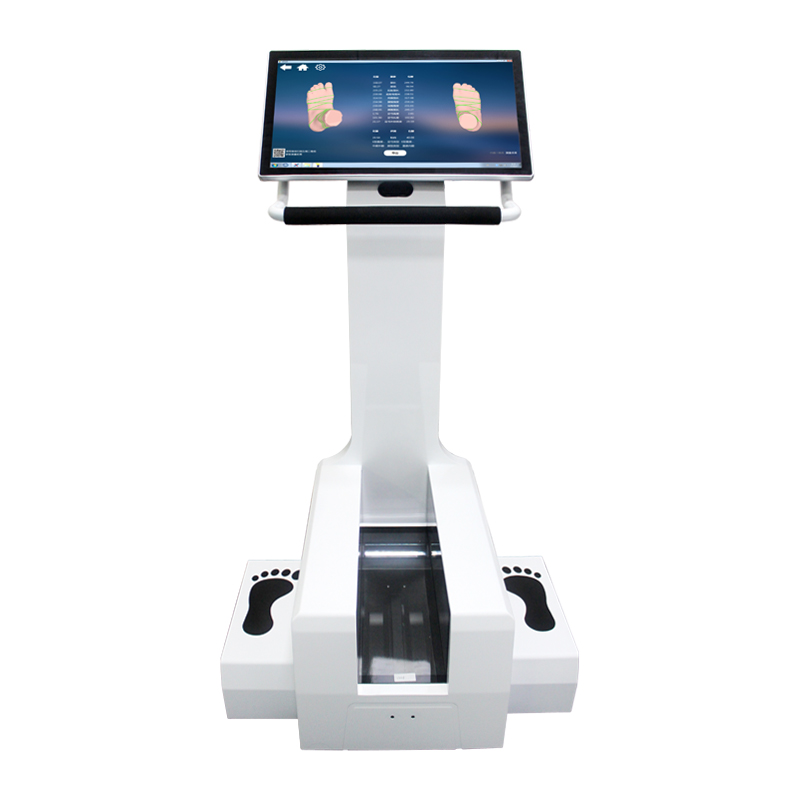
So, what does the training cover? Is it really useful? Let’s take a closer look.
Step One: Basic Hardware Introduction
The training instructor will guide you step-by-step through the device’s components, such as the laser emitter, lens module, sensing board, data interface, etc., along with important usage precautions for each part. Understanding the hardware structure is the first step to becoming proficient in operation, and it also lays the foundation for troubleshooting later on.
Step Two: Hands-On Scanning Procedure
From powering on, logging into the system, entering customer information, to correctly positioning the feet, setting scan parameters, starting the scan, and finally uploading and saving the data—every step will be clearly taught. The training emphasizes which foot positions affect scan results, how to stand properly, and how to efficiently improve data collection accuracy. This is the most critical part of the entire process, and mastering it prevents errors.
Step Three: Interpreting and Applying 3D Data
The scanned 3D foot data is not just a visual model—it includes essential parameters such as foot length, foot width, arch height, metatarsal angles, and more. The training will teach you how to understand these parameters, and how to use the data for shoe last recommendations, corrective suggestions, and personalized customization. For retail stores offering custom services, this knowledge directly impacts professionalism and service quality.
Step Four: Software Operation and System Maintenance
Besides hardware, manufacturers also provide software training. This includes how to export 3D files in formats like STL and ASC, how to upload to insole design platforms, how to connect with CAD/CAM systems, and even how to handle basic troubleshooting and software updates. All of this ensures smoother long-term usage.
Step Five: After-Sales Support and Advanced Assistance
Many manufacturers also offer ongoing remote technical support. You can ask questions at any time, receive real-time guidance if you run into operational issues, and even attend regular retraining sessions and feature update tutorials—helping users maintain a high level of proficiency.
Don’t worry if you don’t know how to use it—the manufacturer will train you until you do.
What you should worry about is this: while others are already using high-tech tools to serve their customers, you may still be relying on visual estimates and past experience.

 +86-0755-86131192
+86-0755-86131192 2025-06-19
2025-06-19 Back to list
Back to list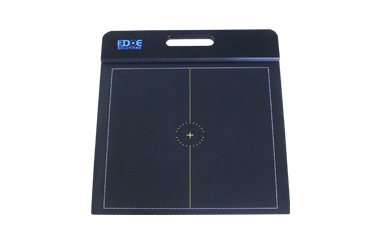
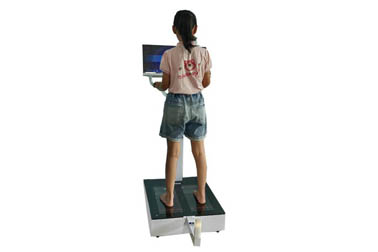
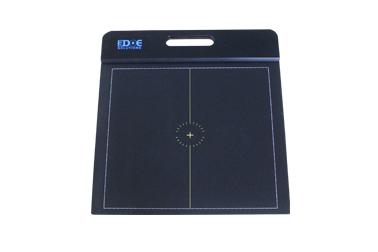
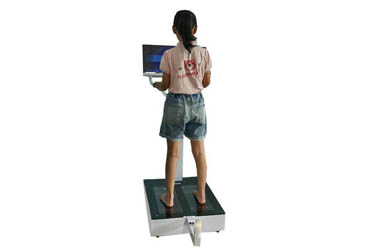
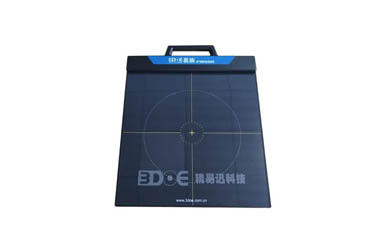
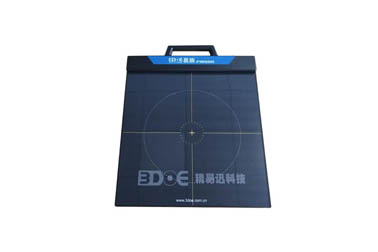



 +86-0755-86131192
+86-0755-86131192